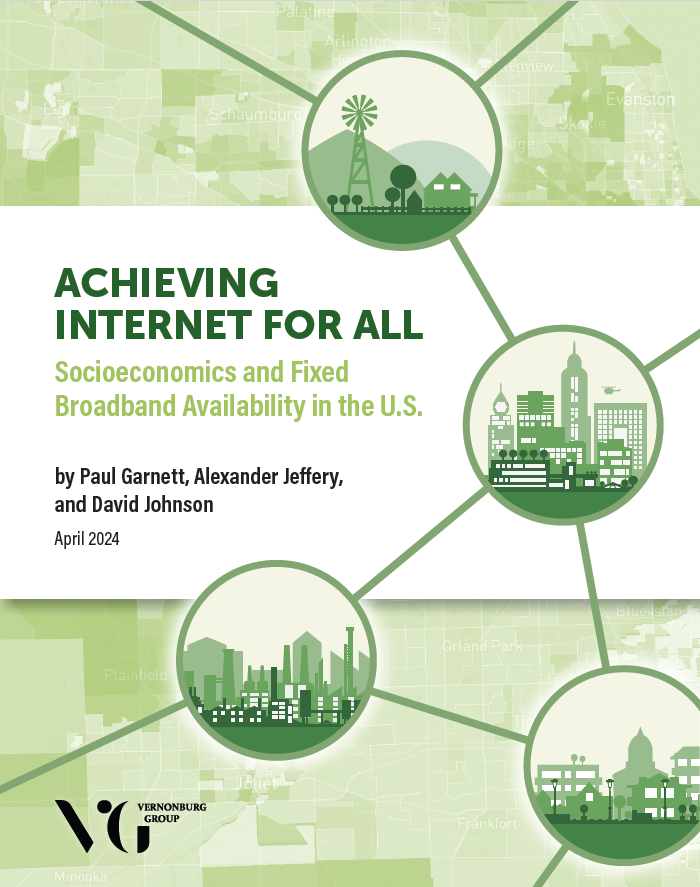
Broadband Policy and Regulation
Broadband is an industry where par for the course is extensive government involvement. Telecommunications is a heavily regulated industry, and policymakers have the power to make or break broadband deployments through the rules and laws they impose on broadband service and technology providers. But by crafting a regulatory regime that strikes an appropriate balance between protecting consumers and supporting the companies that are actively working to close the Digital Divide, policymakers.
Vernonburg Group’s staff have decades of experience advocating for and making broadband policy both in the US and in different countries around the world; members of the team have represented the interests of all parties in the broadband ecosystem, from public interest groups to major service providers, and have advised governments on the development of effective broadband policies and programs. We have the expertise and capabilities to craft and execute effective advocacy campaigns, draft laws and regulations, and analyze the effectiveness of existing broadband policies in closing the Digital Divide.
Case Studies
Many communities outside metropolitan areas of Puerto Rico lack access to fixed and mobile broadband services as well as infrastructure connecting them to other basic utilities such as water and power. After destructive hurricanes, earthquakes, and the COVID-19 pandemic, Puerto Rico’s rural communities are particularly isolated and vulnerable, and need resilient infrastructure investments.
In April 2023, Vernonburg Group was selected from a number of bidders to work with the State of Vermont, specifically the Vermont Community Broadband Board (VCBB), on their plans to achieve universal broadband availability and to improve digital equity for all Vermonters. This includes their DEA Digital Equity Plan, as well as their BEAD Five-Year Action Plan and Initial Proposal.
The handbook documents how: 1) the broadband adoption gap is far greater than broadband availability gap; 2) broadband availability and adoption are lower across the U.S. in locations with higher rates of poverty; and 3) lower broadband and device adoption rates persist among residents of rural areas, communities with low rates of literacy and digital skills, aging individuals, persons with disabilities, and certain minority groups. Importantly, national statistics do not tell the whole story.
Publications
Let’s work together to create a more connected future.


















